E. Fred Schubert9780521865388, 0521865387
Table of contents :
Cover……Page 1
Half-title……Page 3
Title……Page 5
Copyright……Page 6
Contents……Page 7
Preface……Page 12
1.1 History of SiC LEDs……Page 13
1.2 History of GaAs and AlGaAs infrared and red LEDs……Page 16
1.3 History of GaAsP LEDs……Page 20
1.4 History of GaP and GaAsP LEDs doped with optically active impurities……Page 22
1.5 History of GaN metal–semiconductor emitters……Page 27
1.6 History of blue, green, and white LEDs based on GaInN p-n junctions……Page 29
1.7 History of AlGaInP visible-spectrum LEDs……Page 31
1.8 LEDs entering new fields of applications……Page 33
References……Page 35
2.1 Radiative electron–hole recombination……Page 39
2.2 Radiative recombination for low-level excitation……Page 40
2.3 Radiative recombination for high-level excitation……Page 44
2.5 Luminescence decay……Page 45
2.6 Non-radiative recombination in the bulk……Page 47
2.7 Non-radiative recombination at surfaces……Page 53
2.8 Competition between radiative and non-radiative recombination……Page 56
References……Page 58
3.1 Quantum mechanical model of recombination……Page 60
3.2 The van Roosbroeck–Shockley model……Page 62
3.3 Temperature and doping dependence of recombination……Page 66
3.4 The Einstein model……Page 68
References……Page 70
4.1 Diode current–voltage characteristic……Page 71
4.2 Deviations from the ideal I–V characteristic……Page 75
4.3 Evaluation of diode parasitic resistances……Page 79
4.5 Carrier distribution in p-n homojunctions……Page 81
4.6 Carrier distribution in p-n heterojunctions……Page 82
4.7 Effect of heterojunctions on device resistance……Page 83
4.8 Carrier loss in double heterostructures……Page 87
4.9 Carrier overflow in double heterostructures……Page 90
4.10 Electron-blocking layers……Page 93
4.11 Diode voltage……Page 95
References……Page 96
5.1 Internal, extraction, external, and power efficiencies……Page 98
5.2 Emission spectrum……Page 99
5.3 The light escape cone……Page 103
5.4 Radiation pattern……Page 105
5.5 The lambertian emission pattern……Page 106
5.6 Epoxy encapsulants……Page 109
5.7 Temperature dependence of emission intensity……Page 110
References……Page 112
6.1 Carrier temperature and high-energy slope of spectrum……Page 113
6.2 Junction temperature and peak emission wavelength……Page 115
6.3 Theory of temperature dependence of diode forward voltage……Page 116
6.4 Measurement of junction temperature using forward voltage……Page 120
6.5 Constant-current and constant-voltage DC drive circuits……Page 122
References……Page 124
7.1 Double heterostructures……Page 125
7.2 Doping of active region……Page 128
7.3 p-n junction displacement……Page 130
7.4 Doping of the confinement regions……Page 131
7.5 Non-radiative recombination……Page 134
7.6 Lattice matching……Page 135
References……Page 138
8.1 Current-spreading layer……Page 139
8.2 Theory of current spreading……Page 145
8.3 Current crowding in LEDs on insulating substrates……Page 148
8.4 Lateral injection schemes……Page 152
8.5 Current-blocking layers……Page 154
References……Page 155
9.1 Absorption of below-bandgap light in semiconductors……Page 157
9.2 Double heterostructures……Page 161
9.3 Shaping of LED dies……Page 162
9.4 Textured semiconductor surfaces……Page 166
9.6 Transparent substrate technology……Page 168
9.7 Anti-reflection optical coatings……Page 171
References……Page 172
10 Reflectors……Page 175
10.1 Metallic reflectors, reflective contacts, and transparent contacts……Page 176
10.2 Total internal reflectors……Page 180
10.3 Distributed Bragg reflectors……Page 182
10.4 Omnidirectional reflectors……Page 193
10.5 Specular and diffuse reflectors……Page 196
References……Page 201
11.1 Low-power and high-power packages……Page 203
11.2 Protection against electrostatic discharge (ESD)……Page 205
11.3 Thermal resistance of packages……Page 207
11.4 Chemistry of encapsulants……Page 208
11.5 Advanced encapsulant structures……Page 210
References……Page 211
12.1 The GaAsP, GaP, GaAsP:N, and GaP:N material systems……Page 213
12.2 The AlGaAs/GaAs material system……Page 218
12.3 The AlGaInP/GaAs material system……Page 221
12.4 The GaInN material system……Page 223
12.5 General characteristics of high-brightness LEDs……Page 225
12.6 Optical characteristics of high-brightness LEDs……Page 228
12.7 Electrical characteristics of high-brightness LEDs……Page 230
References……Page 232
13.1 The UV spectral range……Page 234
13.2 The AlGaInN bandgap……Page 235
13.3 Polarization effects in III–V nitrides……Page 236
13.4 Doping activation in III–V nitrides……Page 238
13.5 Dislocations in III–V nitrides……Page 239
13.6 UV devices emitting at wavelengths longer than 360 nm……Page 243
13.7 UV devices emitting at wavelengths shorter than 360 nm……Page 245
References……Page 248
14.1 Modification of spontaneous emission……Page 251
14.2 Fabry–Perot resonators……Page 253
14.3 Optical mode density in a one-dimensional resonator……Page 256
14.4 Spectral emission enhancement……Page 260
14.5 Integrated emission enhancement……Page 261
14.6 Experimental emission enhancement and angular dependence……Page 263
References……Page 265
15.1 Introduction and history……Page 267
15.2 RCLED design rules……Page 268
15.3 GaInAs/GaAs RCLEDs emitting at 930 nm……Page 272
15.4 AlGaInP/GaAs RCLEDs emitting at 650 nm……Page 277
15.5 Large-area photon recycling LEDs……Page 280
15.6 Thresholdless lasers……Page 282
15.7 Other RCLED devices……Page 283
15.8 Other novel confined-photon emitters……Page 284
References……Page 285
16.1 Light receptors of the human eye……Page 287
16.2 Basic radiometric and photometric units……Page 289
16.3 Eye sensitivity function……Page 292
16.4 Colors of near-monochromatic emitters……Page 295
16.5 Luminous efficacy and luminous efficiency……Page 296
16.6 Brightness and linearity of human vision……Page 298
16.7 Circadian rhythm and circadian sensitivity……Page 299
References……Page 300
Appendix 16.1……Page 302
Appendix 16.2……Page 303
17.1 Color-matching functions and chromaticity diagram……Page 304
17.2 Color purity……Page 312
17.3 LEDs in the chromaticity diagram……Page 313
References……Page 314
Appendix 17.1……Page 316
Appendix 17.2……Page 317
18.1 The solar spectrum……Page 318
18.2 The planckian spectrum……Page 319
18.3 Color temperature and correlated color temperature……Page 321
References……Page 323
Appendix 18.1……Page 324
19.1 Additive color mixing……Page 325
19.2 Color rendering……Page 327
19.3 Color-rendering index for planckian-locus illumination sources……Page 335
19.4 Color-rendering index for non-planckian-locus illumination sources……Page 336
References……Page 339
Appendix 19.1……Page 340
Appendix 19.2……Page 342
20.1 Generation of white light with LEDs……Page 344
20.2 Generation of white light by dichromatic sources……Page 345
20.3 Generation of white light by trichromatic sources……Page 350
20.4 Temperature dependence of trichromatic LED-based white-light source……Page 352
References……Page 356
21 White-light sources based on wavelength converters……Page 358
21.1 Efficiency of wavelength-converter materials……Page 359
21.2 Wavelength-converter materials……Page 361
21.3 Phosphors……Page 363
21.4 White LEDs based on phosphor converters……Page 365
21.5 Spatial phosphor distributions……Page 368
21.6 UV-pumped phosphor-based white LEDs……Page 369
21.7 White LEDs based on semiconductor converters (PRS-LED)……Page 371
21.8 Calculation of the power ratio of PRS-LED……Page 372
21.9 Calculation of the luminous efficiency of PRS-LED……Page 373
21.10 Spectrum of PRS-LED……Page 375
21.11 White LEDs based on dye converters……Page 376
References……Page 377
22.1 Types of optical fibers……Page 379
22.2 Attenuation in silica and plastic optical fibers……Page 381
22.3 Modal dispersion in fibers……Page 383
22.4 Material dispersion in fibers……Page 384
22.5 Numerical aperture of fibers……Page 386
22.6 Coupling with lenses……Page 388
22.7 Free-space optical communication……Page 390
References……Page 393
23.2 LEDs for fiber-optic communication……Page 394
23.3 Surface-emitting Burrus-type communication LEDs emitting at 870 nm……Page 395
23.4 Surface-emitting communication LEDs emitting at 1300 nm……Page 396
23.5 Communication LEDs emitting at 650 nm……Page 398
23.6 Edge-emitting superluminescent diodes (SLDs)……Page 400
References……Page 403
24.1 Rise and fall times, 3 dB frequency, and bandwidth in linear circuit theory……Page 405
24.2 Rise and fall time in the limit of large diode capacitance……Page 407
24.3 Rise and fall time in the limit of small diode capacitance……Page 408
24.4 Voltage dependence of the rise and fall times……Page 409
24.5 Carrier sweep-out of the active region……Page 411
24.6 Current shaping……Page 412
24.8 Eye diagram……Page 413
24.9 Carrier lifetime and 3 dB frequency……Page 414
References……Page 415
Frequently used symbols……Page 416
Appendix 2……Page 420
Appendix 3……Page 421
Appendix 4……Page 422
Appendix 5……Page 423
Appendix 6……Page 424
Appendix 7……Page 425
Appendix 8……Page 426
Index……Page 427
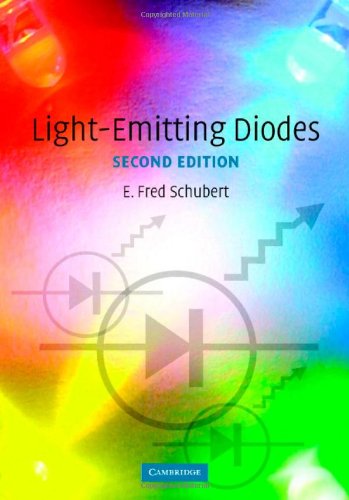
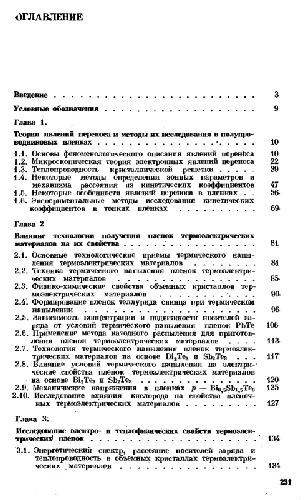
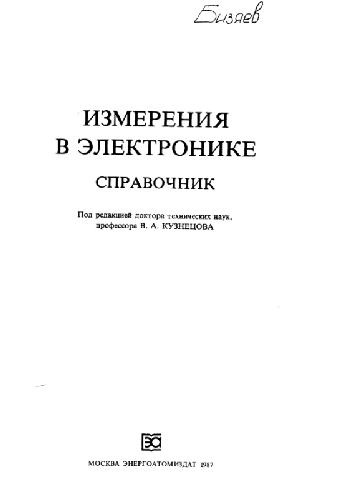
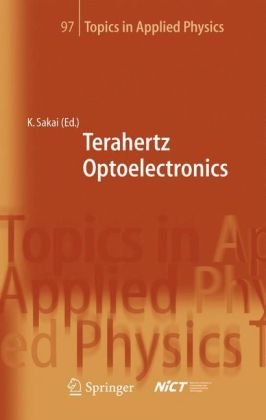
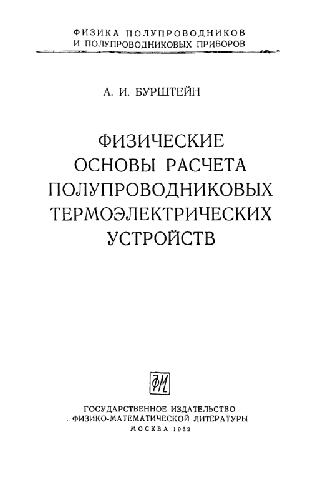
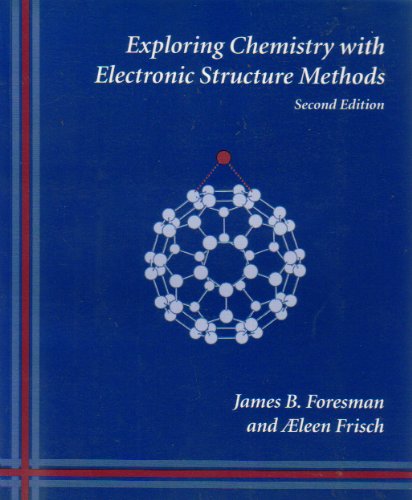
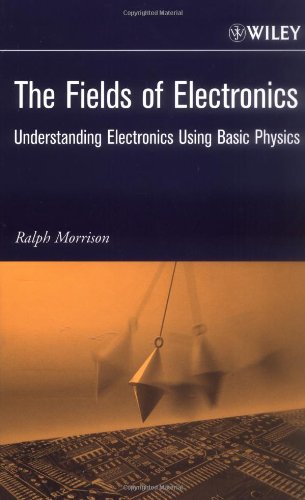
Reviews
There are no reviews yet.